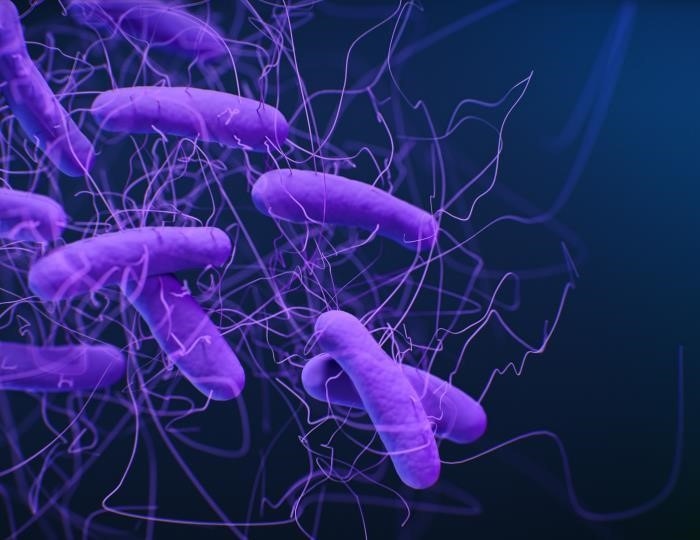Machine-learning algorithm uses features of resistant proteins rather than gene sequences to identify AMR genes.
July 7, 2020

Washington State University researchers have developed an easy-to-use software program to identify drug-resistant genes in bacteria. According to the university's announcement, the program could make it easier to identify antimicrobial-resistant bacteria that exist in the environment.
The Washington State researchers, including doctoral computer science graduate Abu Sayed Chowdhury, Shira Broschat in the School of Electrical Engineering & Computer Science and Douglas Call in the Paul G. Allen School for Global Animal Health, reported on their work in the journal Scientific Reports.
Antimicrobial resistance (AMR) occurs when bacteria or other microorganisms evolve their genetic make-up to overcome the drugs that are used to treat infections, the university explained.
"As antimicrobial resistance becomes a threat worldwide, both economically and to public health, there is an urgent need to develop a tool for efficient prediction," said Chowdhury, lead author on the paper.
As large-scale genetic sequencing has become easier, researchers are looking for AMR genes in the environment, Washington State said. Researchers are interested in where microbes are living in soil and water and how they might spread. While they are able to identify genes that are similar to AMR genes, they have been missing genes for resistance that are not similar.
The Washington State research team developed a machine-learning algorithm that uses features of AMR proteins rather than the similarity of gene sequences to identify AMR genes. The researchers used game theory -- a tool employed in several fields, especially economics, to model strategic interactions between game players -- to help identify the AMR genes, the announcement said.
Using their machine-learning algorithm and game theory approach, the researchers looked at the interactions of several features of the genetic material, including its structure and the physiochemical, evolutionary and composition properties of protein sequences, rather than looking at simply sequence similarity.
"Our software can be employed to analyze metagenomic data in greater depth than would be achieved by simple sequence matching algorithms," Chowdhury said. "This can be an important tool for better understanding the emergence of new antimicrobial resistance genes that eventually become clinically important."
"The virtue of this program is that we can actually detect AMR in newly sequenced genomes," Broschat added. "It's a way of identifying AMR genes and their prevalence that might not otherwise have been found. That's really important."
The Washington State team looked for resistance to two common antibiotics — bacitracin and vancomycin — that are used to treat a variety of infections, ranging from staph infections to Clostridium difficile. They were able to accurately classify resistant genes with up to 90% accuracy, the announcement said.
They have developed a software package that can be easily downloaded and used by other researchers to look for AMR in large pools of genetic material, the university said. The software can also be improved over time. While it's trained on currently available data, researchers will be able to retrain the algorithm as more data and sequences become available.
"You can bootstrap and improve the software as more positive data becomes available," Broschat said.
The work was funded in part by the Carl M. Hansen Foundation.
You May Also Like


.png?width=300&auto=webp&quality=80&disable=upscale)
